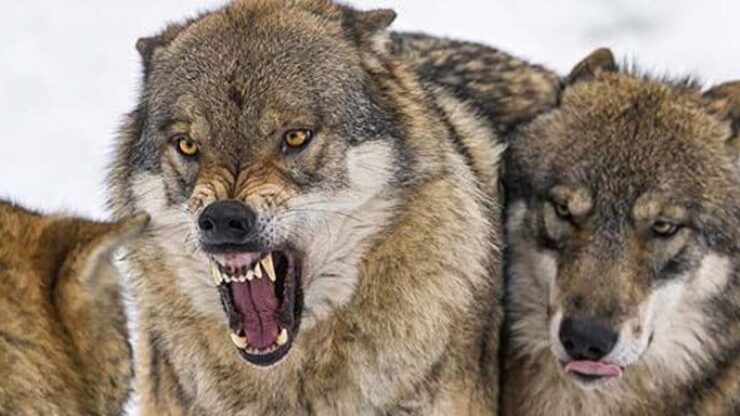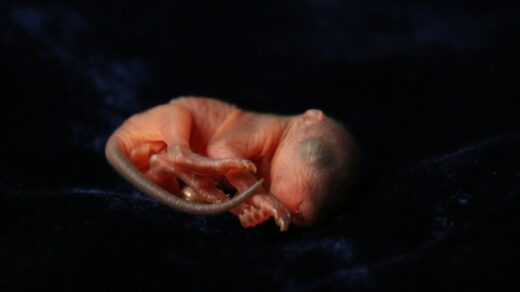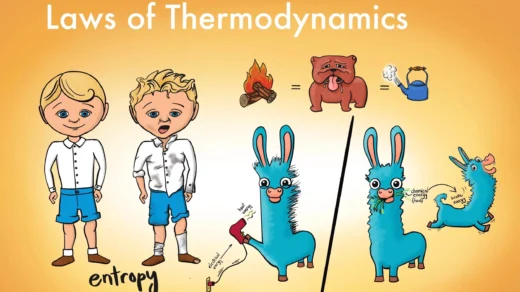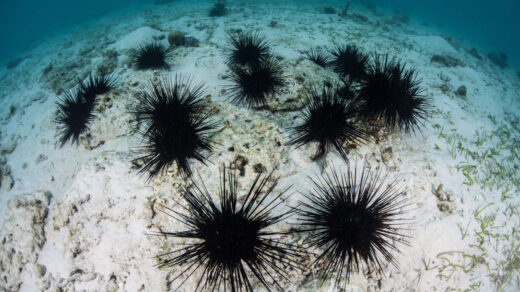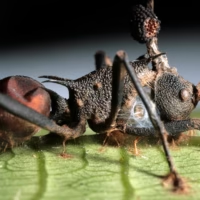When you think of primates, do you picture a big, tough “alpha male” running the show? Turns out, that’s more Hollywood than reality. New research is flipping the script on what we thought we knew about who’s really in charge among our closest animal relatives.
The Old Story: Males Rule, Females Follow
For ages, scientists (and, let’s be honest, most of us) saw primate societies as either run by dominant males or, in rare cases, by tough females. It seemed simple: one sex on top, the other below, and that’s that. But, as it turns out, nature isn’t so black and white.
The New Research: A Massive Primate Census

A team led by Elise Huchard, a primatologist at the University of Montpellier, decided to dig deeper. Over five years, they scoured scientific reports and field notes, gathering data from 253 populations across 121 different primate species—from monkeys and lemurs to tarsiers and lorises.
They weren’t just looking for big, dramatic fights. They counted all kinds of interactions: aggression, subtle threats, and even little moments like who moves out of whose way. Basically, anything that hinted at who was calling the shots.
The Surprising Results
Male dominance (where males win over 90% of the time) was only found in about 17% of the populations. Think baboons and chimpanzees—species where males are bigger, stronger, and more likely to throw their weight around.
Female dominance popped up in about 13% of cases, especially among lemurs and bonobos, where females have some serious control over reproduction.
That leaves a whopping 70% of primate societies where things are… well, complicated. Sometimes males win, sometimes females, and sometimes it depends on who’s around or what’s at stake.
Why Does Dominance Change?
It’s not just about muscle. In some species, females hold the power because they control when and with whom they mate. For example, female baboons have obvious signs when they’re ready to mate, so males guard them closely. But bonobo females? Their signals are way more subtle, so they have more freedom to choose.
Female dominance is also more likely when females compete with each other, or when males help out more with the kids. Monogamy and female-female competition seem to tip the scales in favor of the ladies
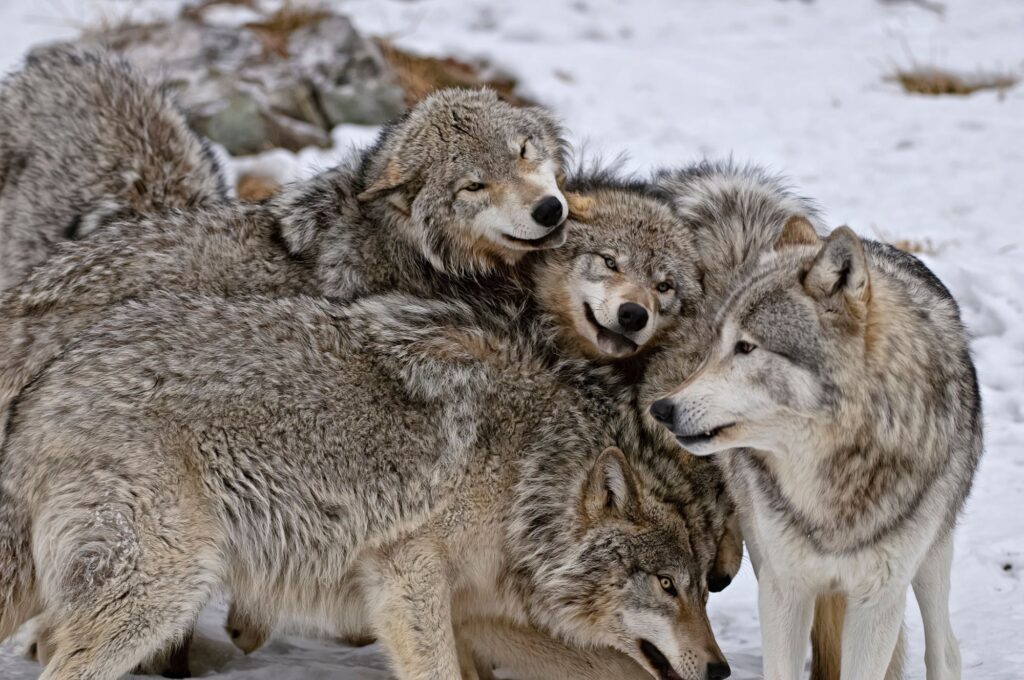
What About Us Humans?
So, where do we fit in? According to Huchard, humans probably land in that big, messy middle group. Early human societies, especially hunter-gatherers, were a lot more equal than the strict hierarchies we sometimes see today. The whole “men always lead” thing? That’s more recent, and not really in our DNA.

The Big Takeaway
The idea of the “alpha male” is mostly a myth—at least in the primate world. Power dynamics are way more flexible and nuanced than we ever thought. Sometimes males lead, sometimes females, and often, it’s a bit of both.
So next time you hear someone talking about “alpha males,” just remember: in the wild world of primates, there’s a lot more going on than meets the eye.
READ MORE
- Mackerel Filter Traps 99% of Microplastics Before They Hit Your DrainFish feeding mechanics inspire a new solution for cleaner laundry wastewater. The global microplastic crisis is no longer a distant...
- Fetal Microchimerism: How a Baby’s Cells Stay With the Mother for Decades to Repair and ProtectBiological boundaries are far more porous than we once believed. Through fetal microchimerism, a mother carries a low-level population of...
- Zombie Ants Controlled by a Parasitic Fungus for 48 Million YearsFor over 48 million years, the Ophiocordyceps unilateralis fungus has refined its role as a master of biological manipulation. Scientists...
- New Study Reveals how dark chocolate reduces biological agingNew study from King’s College London has revealed that theobromine, a natural alkaloid in cocoa, may slow the human biological...
- New Limb Evidence Confirms Sahelanthropus tchadensis as the Earliest Hominin BipedRecent analysis of Sahelanthropus tchadensis, an early hominin from approximately 7 million years ago, provides compelling evidence for the origins...
Reference
Huchard, E., et al. (2025). The evolution of male–female dominance relations in primate societies. Proceedings of the National Academy of Sciences, 122(27), e2500405122. https://doi.org/10.1073/pnas.2500405122

